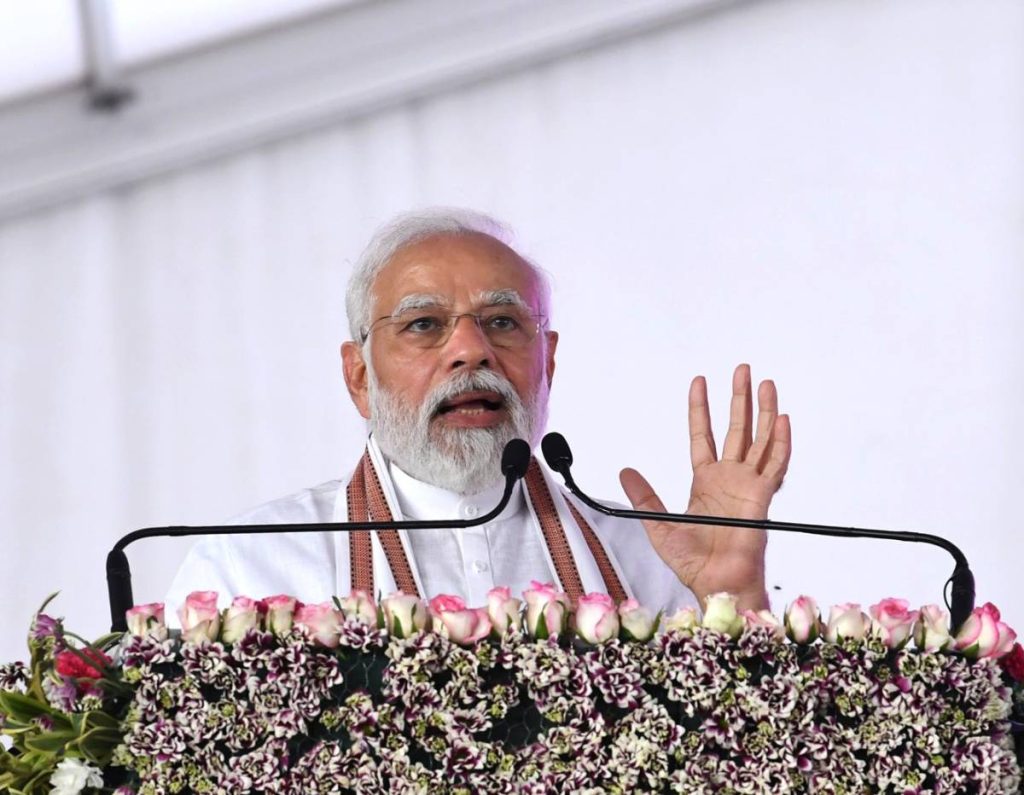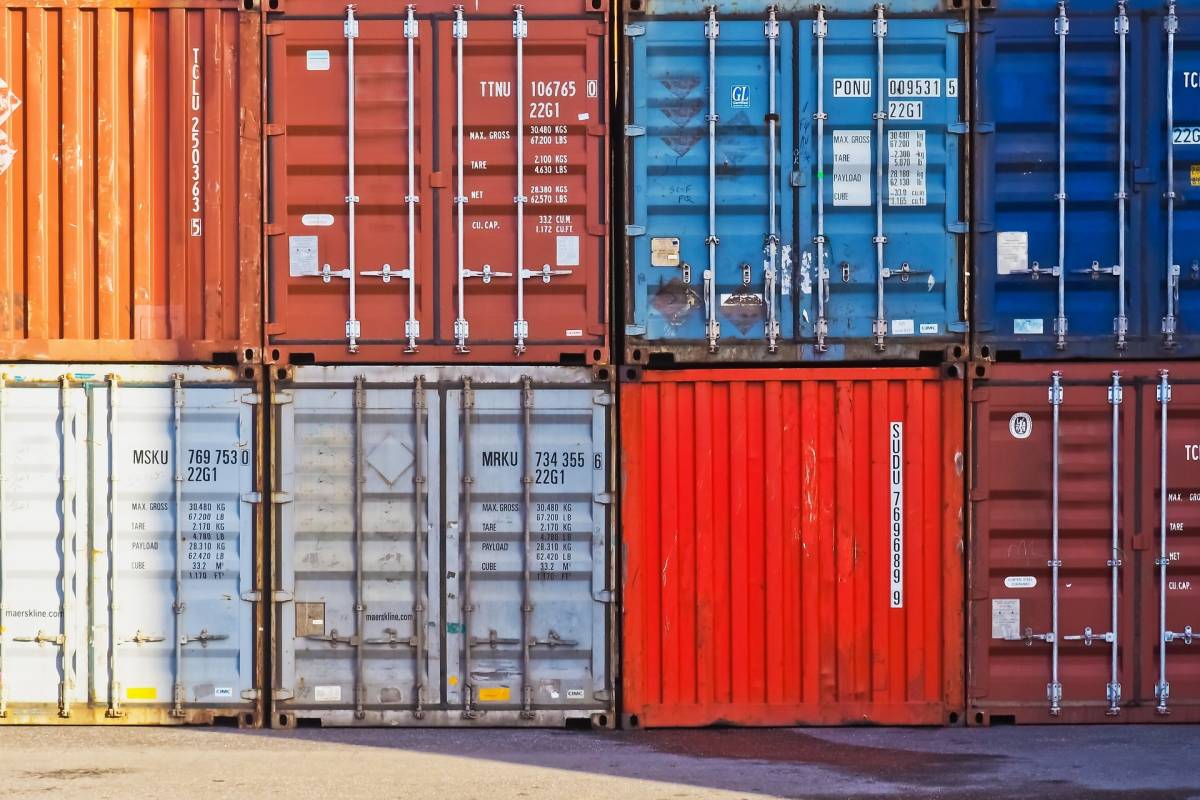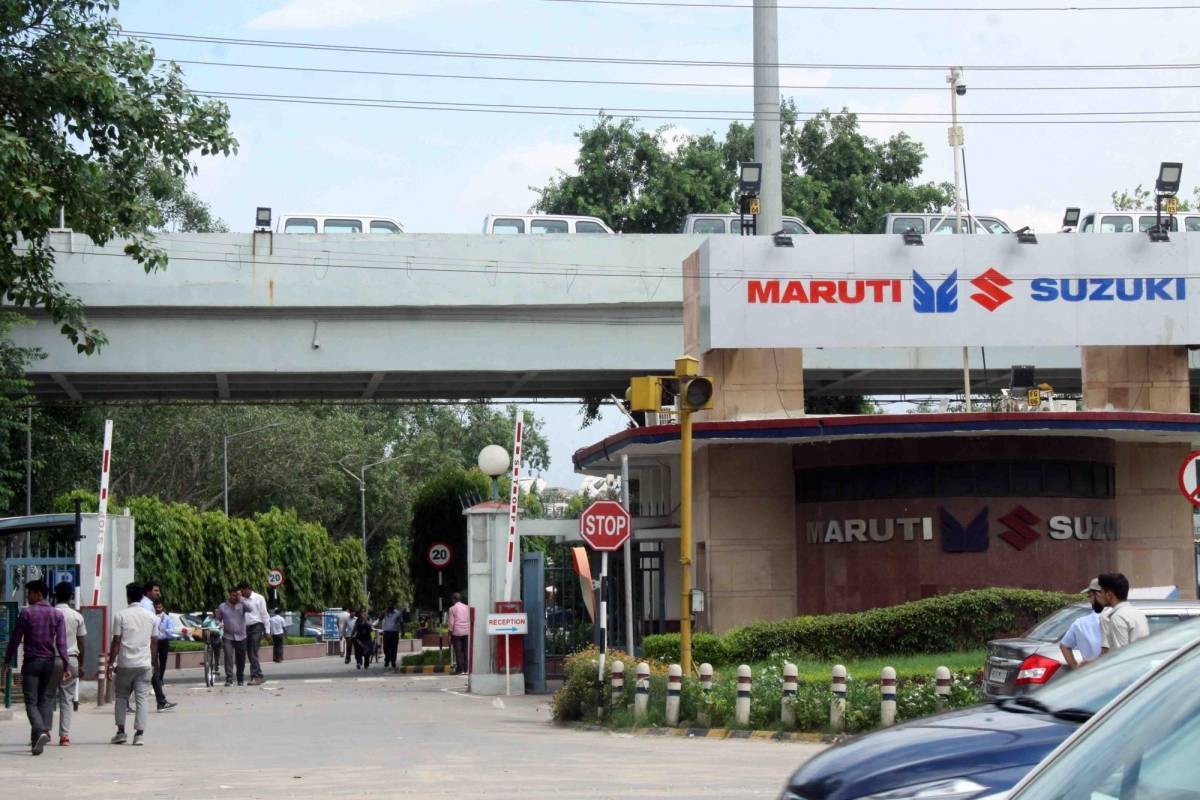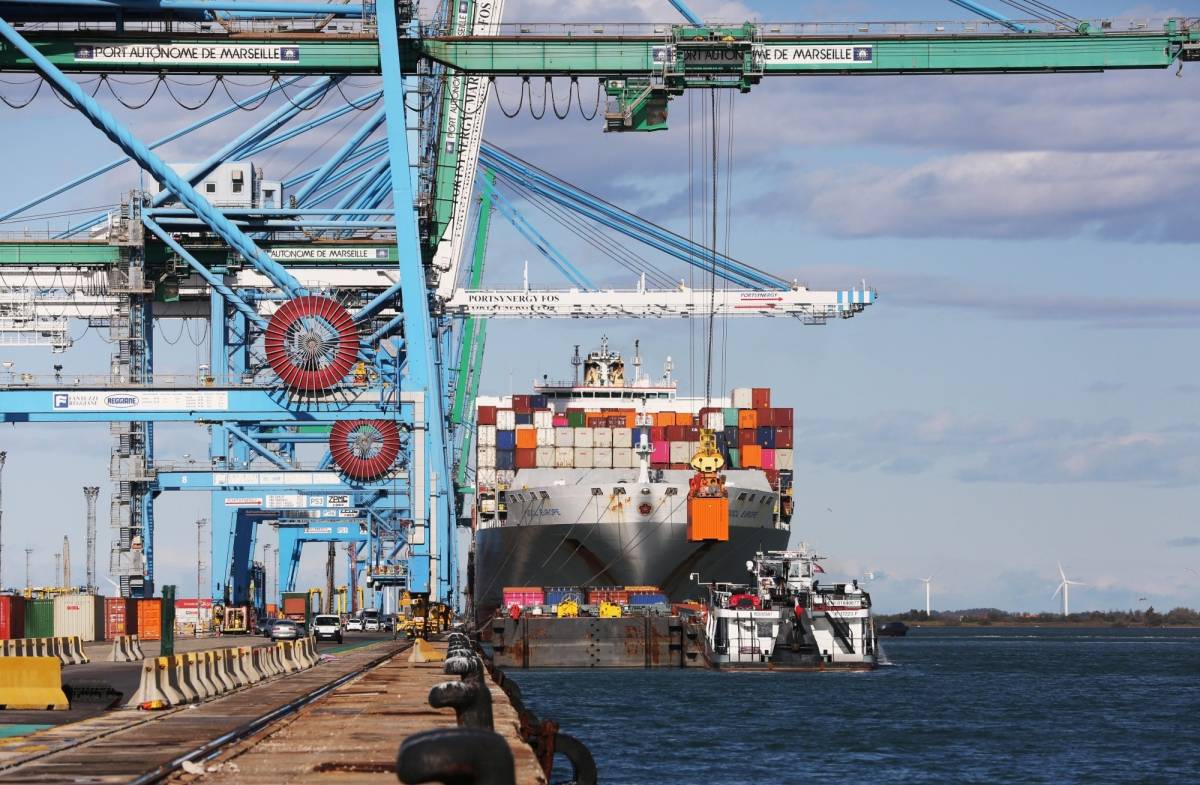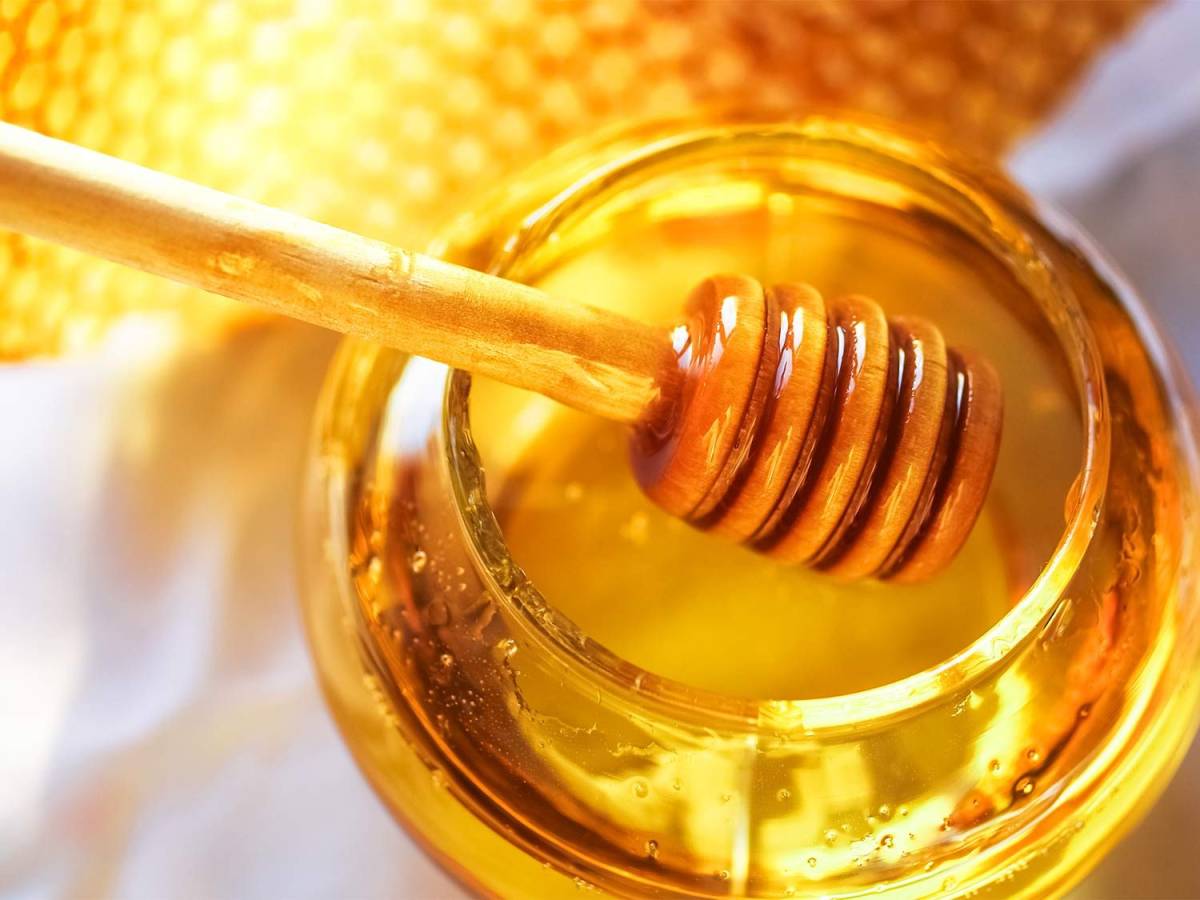Maldivian minister Moosa Zameer stated that the decision by India demonstrates the longstanding friendship between two countries and the strong commitment to further expand bilateral trade and commerce.
Responding to Maldivian minister Moosa Zameer remarks thanking India for the decision to export essential commodities to the island nation for the fiscal year 2024-2025, Union minister S Jaishankar has reiterated New Delhi’s commitment to its policies of neighbourhood first and SAGAR.
Zameer stated that the decision by India demonstrates the longstanding friendship between two countries and the strong commitment to further expand bilateral trade and commerce.
In a post on X, Zameer said “I sincerely thank EAM @DrSJaishankar and the Government of #India for the renewal of the quota to enable #Maldives to import essential commodities from India during the years 2024 and 2025. This is truly a gesture which signifies the longstanding friendship, and the strong commitment to further expand bilateral trade and commerce between our two countries.”
In response to the Maldives Minister of Foreign Affairs’ post on X, External Affairs Minister (EAM) Jaishankar wrote, “You are welcome, FM @MoosaZameer. India stands firmly committed to its Neighbourhood First and SAGAR policies.”
India’s ‘Neighbourhood First policy’ guides its approach towards the management of ties with countries in its immediate neighbourhood – Afghanistan, Bangladesh, Bhutan,
Maldives, Myanmar, Nepal, Pakistan and Sri Lanka. The policy is aimed at enhancing physical, digital and people-to-people connectivity across the region and augmenting trade and commerce.
In a post on X, the Indian High Commission in the Maldives on Thursday stated that the quotas for each of these items have been revised upwards.
“Upon the request of the Government of Maldives, the Government of India has allowed for export of certain quantities of essential commodities for the year 2024-25 under a unique bilateral mechanism, wherein, the quotas for each of these items have been revised upwards,” the Indian High Commission in Maldives posted on X.
Notably, the approved quantities are the highest since this arrangement came into effect in 1981.The quota for river sand and stone aggregates, crucial items for the booming construction industry in the Maldives, has been increased by 25 per cent to 1,000,000 metric tonnes.
There has also been an increase of 5 per cent in the quotas for eggs, potatoes, onions, sugar, rice, wheat flour and dal (pulses). Moreover, last year as well, India continued to export rice, sugar and onions to the Maldives despite a worldwide ban on the export of these items from India.
“India remains strongly committed to supporting human-centric development in the Maldives, as part of its ‘Neighbourhood First’ policy,” the statement by the Indian High Commission in Maldives stated.
Notably, ties between India and the Maldives had become strained since Maldives President Mohamed Muizzu assumed office. He criticised India during and after the presidential polls and his government also formally requested India to withdraw its troops from Male.

However, in March, Muizzu requested New Delhi for debt relief measures, while stating that India would continue to remain the Maldives’ “closest ally,” local media reported. He further claimed that he has “not taken any action nor made any statements” that may strain the relationship between the two countries.
In an interview with local media ‘Mihaaru’, Muizzu said that he hopes India will accommodate debt relief measures for the Maldives’ in the repayment of the hefty loans taken from the country over consecutive governments, Adhadhu reported.
“The conditions we have inherited are such that there are very large loans taken from India. Hence, we are holding discussions to explore leniencies in the repayment structure of these loans. Instead of halting any ongoing projects, proceed with them at speed. So I see no reason for any adverse effects [on Maldives-India relations],” he said. (ANI)
ALSO READ: Huge Decline In Indian Tourists To Maldives



